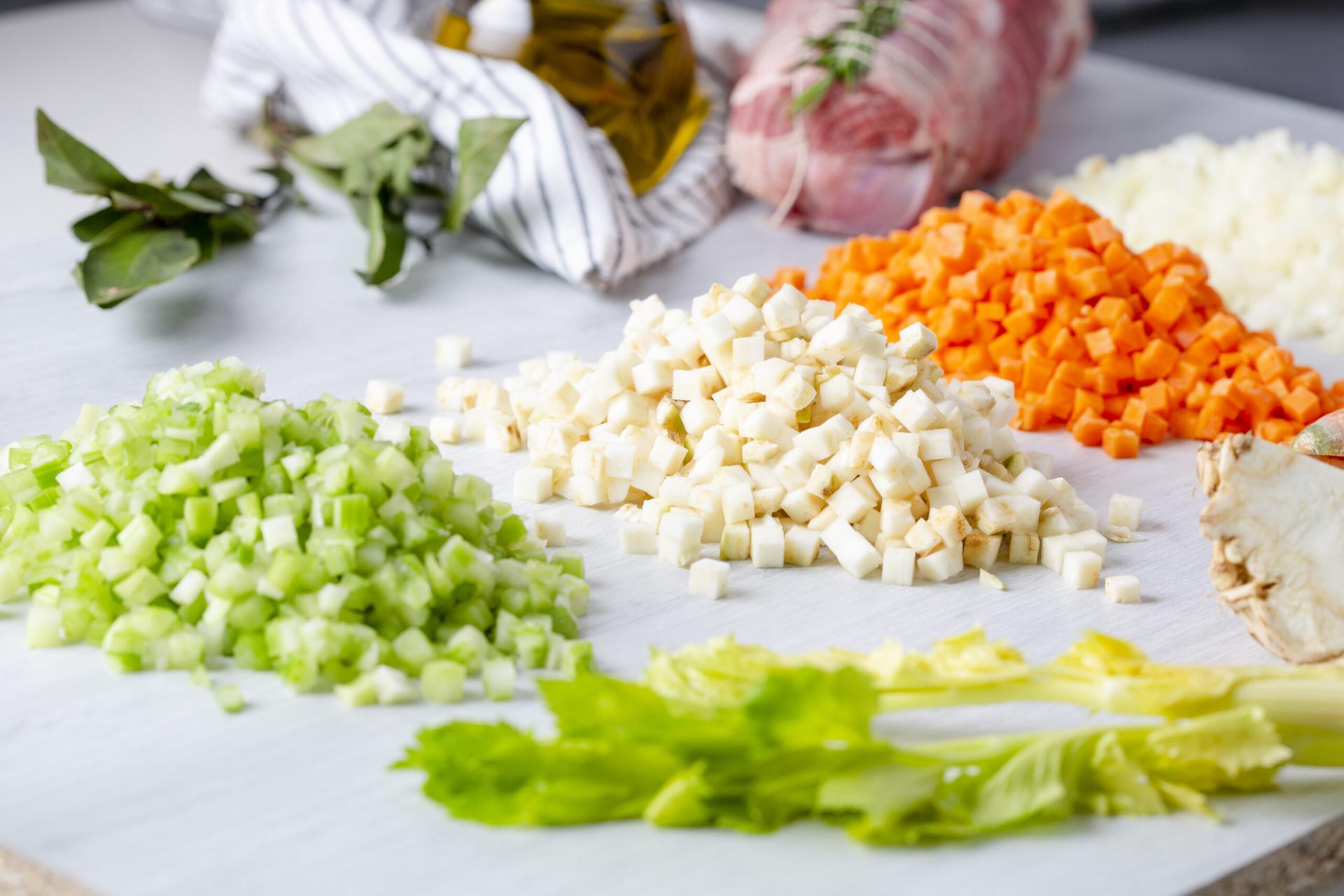

Key Strategies to Maintain High Food Quality
Maintaining high food quality is one of the most critical priorities in any commercial kitchen. For restaurants, bakeries, and pastry shops, consistent food quality means customer satisfaction, repeat business, and positive reviews. In a highly competitive landscape, even minor lapses in quality can damage a brand’s reputation. That’s why knowing how to preserve food quality – both in preparation and service – is essential for long-term success.
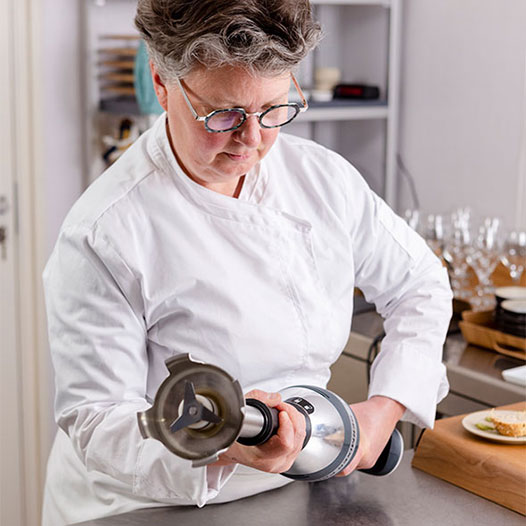
Common Challenges in Maintaining Food Quality
Maintaining food quality isn’t always straightforward. Commercial kitchens face multiple challenges every day, from fluctuating ingredient quality to staff turnover. One of the most common issues is inconsistency in preparation, which can result from untrained staff or inadequate procedures. This is especially true in fast-paced environments where speed often competes with precision.
Another challenge lies in managing food safety. Poor hygiene, improper storage, and cross-contamination can all compromise food quality and create health risks. This is particularly critical in regulated markets, where standards are high and enforcement is strict.
Additionally, equipment breakdowns or using outdated kitchen tools can negatively affect output. If ovens, mixers, or refrigeration units underperform, even the best ingredients may not yield desirable results. This is where reliable commercial kitchen equipment makes a real difference.
Best Practices for Ensuring Consistency in Commercial Kitchens
To overcome these challenges, businesses should focus on a few core best practices:
- Staff training: a well-trained team understands recipes, portion sizes, hygiene protocols, and how to use equipment properly. Ongoing training helps reinforce these standards and keeps new hires aligned with established procedures.
- Standardized recipes and tools: when every dish follows the same preparation steps, ingredients, and presentation guidelines, food quality becomes more consistent. Portioning tools, measuring instruments, and recipe cards are essential to maintaining uniformity.
- Quality control checkpoints: assigning specific team members to supervise and inspect dishes during prep and service helps ensure every item meets expectations before it reaches the customer.
- Regular audits: conducting internal audits of food preparation, cleanliness, and storage practices can help identify weak spots and reinforce accountability across the kitchen team.
- Effective communication: clear communication between kitchen and front-of-house staff ensures customer preferences, allergies, or complaints are addressed quickly and accurately – reducing mistakes and reinforcing a high standard of service.
The Role of Kitchen Equipment in Food Safety and Quality Control
High-quality kitchen equipment is more than a convenience—it’s a fundamental part of maintaining food safety and product consistency. For example, equipment like Dito Sama’s hand mixers, vegetable cutters, and food processors are not only designed for precision and efficiency but also meet the highest hygiene standards. Food-contact parts are easily removable and made from dishwasher-safe materials like stainless steel, making daily cleaning simpler and more effective. In fast-paced kitchen environments where hygiene, speed, and uniformity are non-negotiable, this level of thoughtful design ensures every dish meets the same high standard, every time.
01.
Digital controls and programmability:
these allow staff to reproduce the same cooking processes across shifts or locations with minimal variation.
02.
Built-in temperature monitoring:
ensures food is stored, cooked, and held at safe levels at all times.
03.
Multi-functional appliances:
save space and improve workflow efficiency, allowing teams to switch tasks seamlessly while maintaining high food quality.
04.
Ergonomic and easy-to-clean designs:
help reduce contamination risk and simplify compliance with hygiene standards.
05.
Durability and reliability:
commercial kitchens demand equipment that can withstand high-volume use without frequent breakdowns.
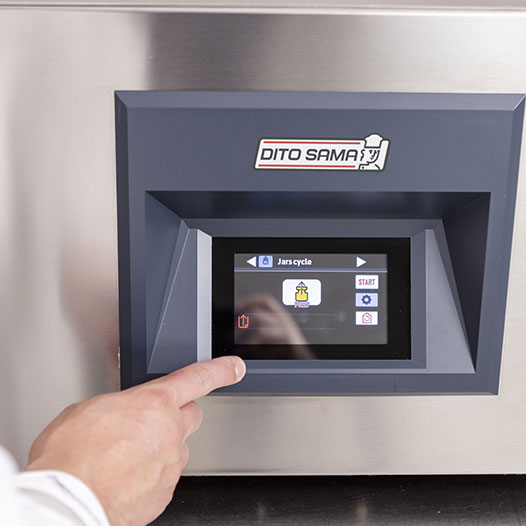
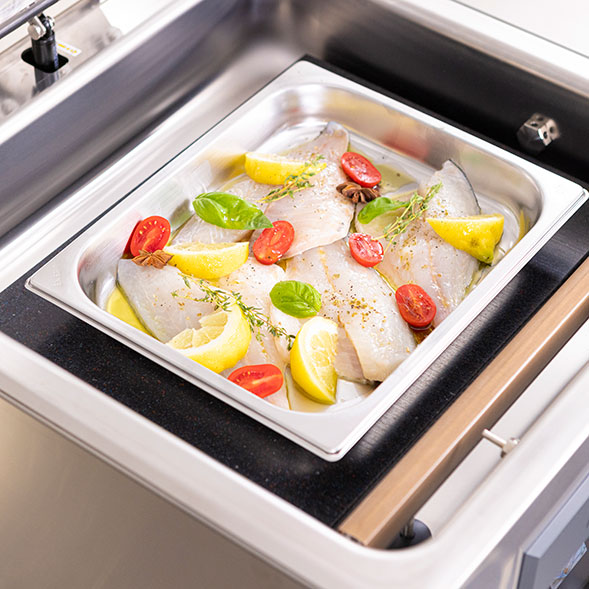
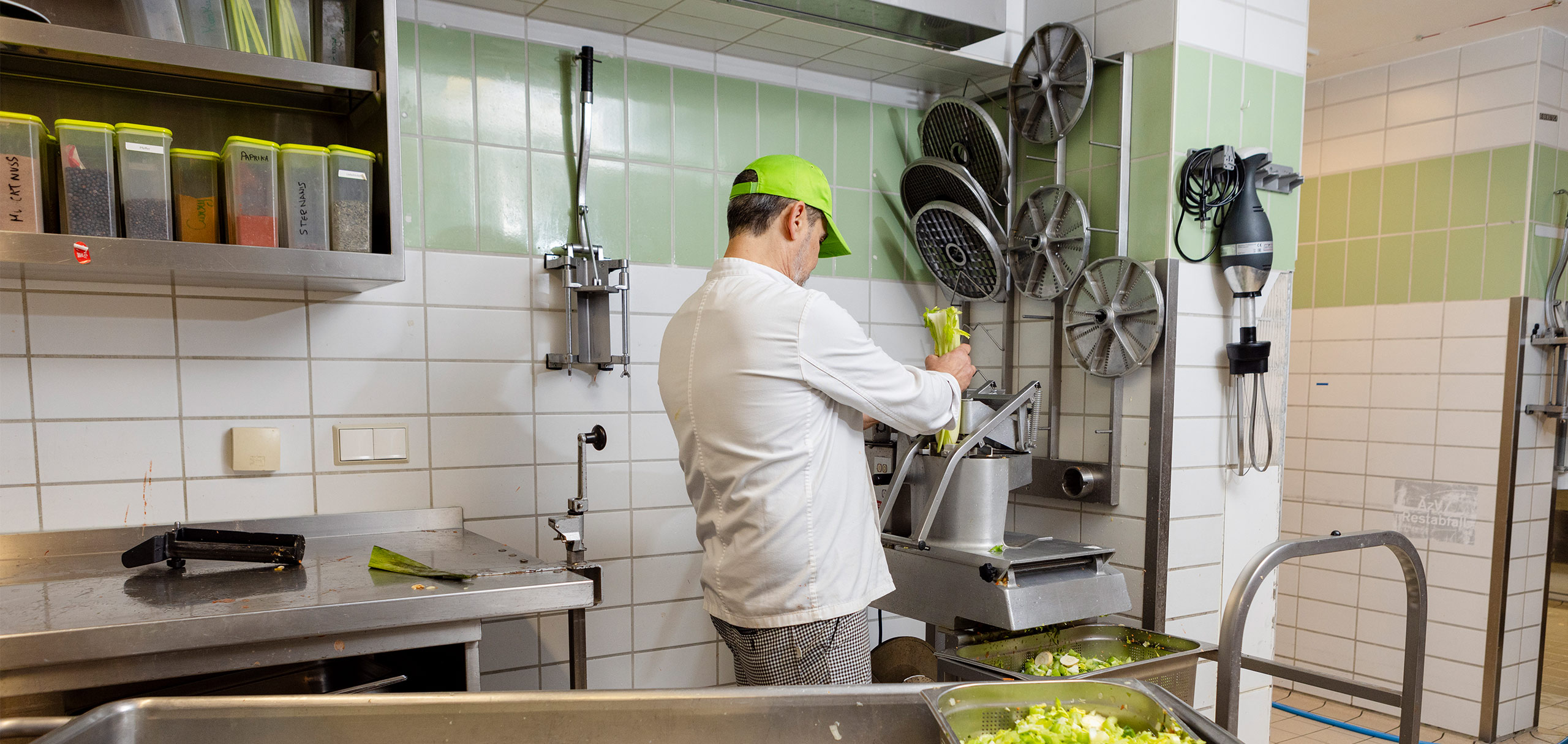
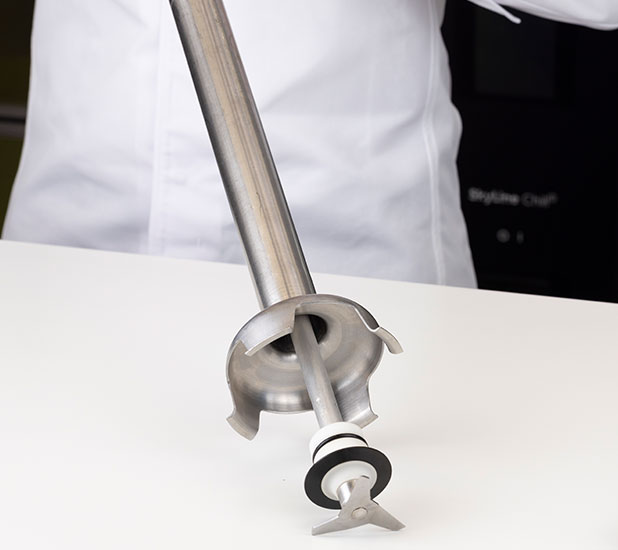
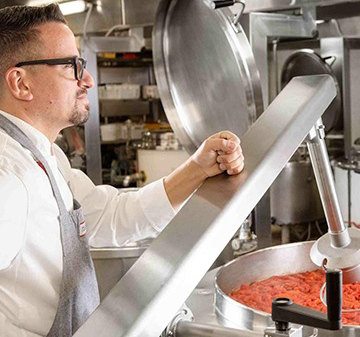

01.
Digital controls and programmability:
these allow staff to reproduce the same cooking processes across shifts or locations with minimal variation.

02.
Built-in temperature monitoring:
ensures food is stored, cooked, and held at safe levels at all times.

03.
Multi-functional appliances:
save space and improve workflow efficiency, allowing teams to switch tasks seamlessly while maintaining high food quality.

04.
Ergonomic and easy-to-clean designs:
help reduce contamination risk and simplify compliance with hygiene standards.

05.
Durability and reliability:
commercial kitchens demand equipment that can withstand high-volume use without frequent breakdowns.
In addition, advanced sanitation equipment supports food safety by keeping workspaces and tools hygienic. Investing in cleaning stations, high-temperature dishwashers, and equipment with removable components makes daily cleaning faster and more effective.
For businesses, choosing commercial kitchen equipment from trusted suppliers like Dito Sama means benefiting from ongoing support, certified products, and solutions tailored to local regulations. High food quality starts with high standards—and reliable tools are essential to achieving them.
LAST NEWS


